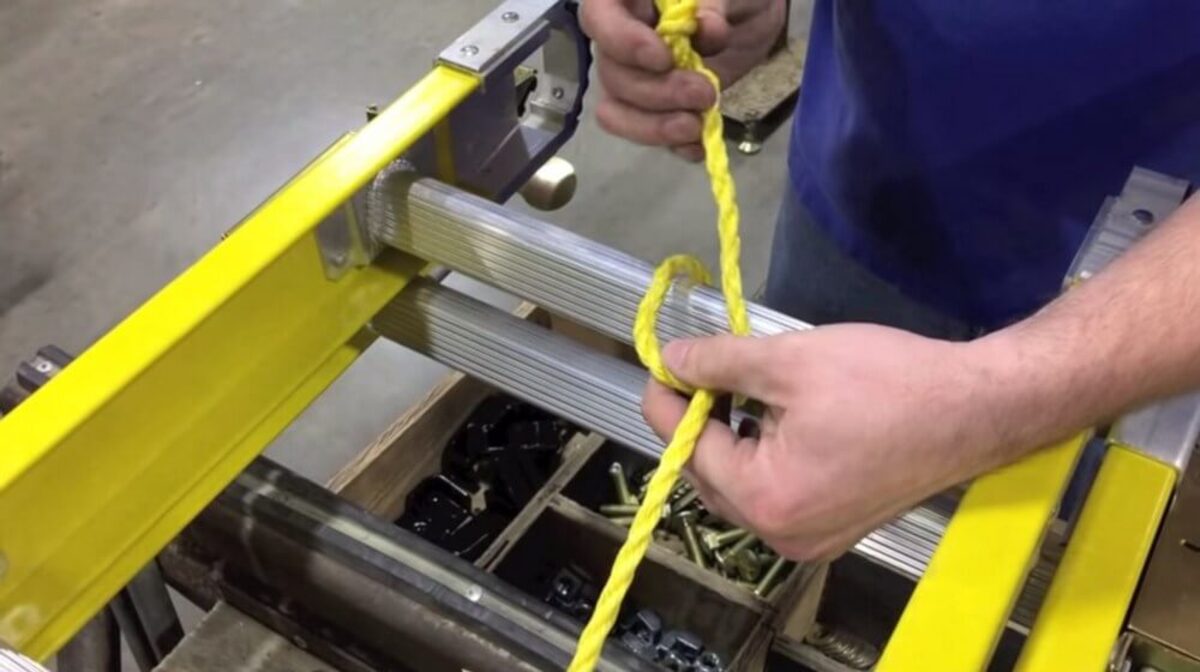

Articles
How To Install Rope On Extension Ladder
Modified: May 6, 2024
Learn how to easily install rope on your extension ladder with these step-by-step articles. Increase safety and make your ladder more versatile!
(Many of the links in this article redirect to a specific reviewed product. Your purchase of these products through affiliate links helps to generate commission for Storables.com, at no extra cost. Learn more)
Introduction
Installing rope on an extension ladder can be a valuable addition to your ladder setup. The rope allows you to easily raise and lower the ladder without straining yourself. It provides a convenient way to extend the ladder height, adjust it to different angles, and securely lock it in place. Whether you are a professional contractor or a homeowner tackling DIY projects, knowing how to properly install rope on an extension ladder is a useful skill to have.
In this article, we will guide you through the step-by-step process of installing rope on an extension ladder. We will discuss the tools and materials you need, as well as the techniques to ensure a secure and functional rope installation. So let’s get started!
Key Takeaways:
- Enhance ladder functionality by installing rope for easy height adjustment and secure locking. Follow step-by-step instructions, test the installation, and prioritize safety for a convenient and efficient ladder experience.
- Prepare the ladder, measure and cut the rope, attach it securely, and test its functionality. Prioritize safety, follow guidelines, and seek professional assistance if needed for a reliable rope installation.
Read more: What Is The Rope Ladder For?
Tools and Materials Required
Before you begin installing rope on your extension ladder, gather the following tools and materials:
- Rope: Choose a high-quality, durable rope that can withstand the weight of the ladder and provide a secure grip.
- Tape Measure: Use a tape measure to accurately measure the length of the rope needed for your ladder.
- Utility Knife: A utility knife will be necessary for cutting the rope to the proper length.
- Scissors: You may need scissors to trim excess rope or make small adjustments.
- Ladder Hooks or Clamps: These are used to secure the rope to the ladder rungs. Choose hooks or clamps that are compatible with your ladder model.
- Lighter or Heat Source: A lighter or other heat source will be needed to prevent fraying and seal the ends of the rope.
- Marker: Use a marker to mark the desired length on the rope before cutting.
- Gloves: It is recommended to wear gloves to protect your hands while working with the rope.
Having these tools and materials ready before you start the installation process will make the process more efficient and hassle-free.
Step 1: Prepare the Extension Ladder
Before installing the rope on your extension ladder, it is important to ensure that the ladder is clean and free from any debris or obstructions. Start by inspecting the ladder for any damaged or worn-out parts. Replace any faulty components before proceeding with the rope installation.
Next, position the ladder in a stable and secure location. Make sure the ladder is fully extended and locked in place. Clear the surrounding area to provide enough space to work comfortably without any hindrances.
Check the rungs of the ladder for any sharp edges or rough spots that could damage the rope. Use sandpaper or a file to smooth out any rough areas to prevent wear and tear on the rope.
If your ladder has existing hardware or attachments that may interfere with the rope installation, temporarily remove them. This will make it easier to attach and secure the rope properly.
Lastly, ensure that you have a clear understanding of how the ladder functions, including any safety features or mechanisms. This knowledge will come in handy during the rope installation process.
By adequately preparing the extension ladder, you will create a solid foundation for the rope installation and ensure a safe and effective outcome.
Step 2: Measure and Cut the Rope
Once your extension ladder is prepared, it’s time to measure and cut the rope to the appropriate length. Follow these steps:
- Start by determining the desired length of the rope. This will depend on your specific preferences and needs, as well as the height and configuration of your ladder.
- Using a tape measure, measure the distance from the top of the ladder to the ground or the highest point where you will be working. Add a few extra feet to the measurement to account for knots and securing the ends of the rope.
- Mark the measurement on the rope using a marker or a light pencil.
- Securely hold the rope at the marked point, ensuring it does not slip or move during the cutting process. Carefully use a utility knife to cut the rope at the marked spot.
- For additional safety, consider burning or melting the ends of the cut rope with a lighter or other heat source. This process will prevent fraying and make it easier to thread the rope through the ladder hooks or clamps.
It is essential to measure and cut the rope with precision to ensure it fits perfectly on your extension ladder. Double-check your measurements before making any cuts to avoid any mistakes.
Remember that it’s always better to have a slightly longer rope than a shorter one. You can always trim off any excess after attaching the rope to the ladder.
Once you have measured and cut the rope to the desired length, you are ready to move on to the next step in the installation process.
When installing rope on an extension ladder, make sure to use a strong and durable rope that can support the weight of the ladder and the user. Securely tie the rope to the top and bottom rungs using a secure knot, such as a bowline or figure-eight knot, to ensure it stays in place during use.
Step 3: Attach the Rope to the Extension Ladder
In this step, we will guide you through the process of attaching the rope to the extension ladder:
- Start by identifying the appropriate location to attach the rope on the ladder. This is typically near the top of the ladder, where you can easily reach it while standing on the ladder itself. Check your ladder’s user manual or consult the manufacturer’s guidelines for specific instructions.
- Take one end of the cut rope and thread it through the ladder hook or clamp. Ensure that the rope is securely attached and does not easily slide or come loose. Some ladder hooks or clamps may require additional adjustment or tightening mechanism to keep the rope in place.
- Now, pull the other end of the rope through the ladder hook or clamp on the opposite side of the ladder. Make sure the rope is taut but not overly tight.
- Once both ends of the rope are threaded and secured through the ladder hooks or clamps, check the tension of the rope. You want it to provide support and stability to the ladder while remaining easy to maneuver.
- If needed, make slight adjustments to the position of the ladder hooks or clamps to achieve the desired tension. This will involve loosening or tightening any fasteners or screws that hold them in place.
After attaching the rope to the extension ladder, give it a test run by gently pulling on the rope to ensure that it moves smoothly and securely. Make any necessary adjustments to the tension or positioning of the ladder hooks or clamps to optimize the performance of the rope.
Remember, the key is to ensure that the rope is securely attached to the ladder, providing stability and ease of use throughout your work. Take your time with this step to ensure a reliable and functional rope installation.
Read more: How To Make Rope Ladder
Step 4: Secure the Rope Ends
After attaching the rope to the extension ladder, it is important to secure the ends of the rope to prevent any unraveling or slippage. Follow these steps to secure the rope ends:
- To prevent fraying, use a lighter or other heat source to gently melt the ends of the rope. This will create a seal that keeps the fibers intact.
- After melting the ends, give them a moment to cool down and harden.
- Tie a knot at each end of the rope, ensuring that it is tight and secure. You can use a simple knot like an overhand knot or a more complex knot like a bowline knot, depending on your preference.
- Once the knots are tied, inspect them to ensure they are secure and will not come undone while the ladder is in use. Give the rope a gentle tug to test the strength of the knots.
- If you have excess rope hanging from the knots, you can trim it using scissors or a utility knife. Leave a small tail to prevent the knot from coming undone.
Securing the rope ends is essential for the longevity and safety of your ladder setup. It prevents the rope from unraveling or slipping out of the ladder hooks or clamps, ensuring a secure and reliable grip.
After securing the rope ends, give the entire rope installation a final inspection. Check for proper tension, secure attachment, and smooth movement of the rope. Make any necessary adjustments before moving on to the next step.
Step 5: Test the Rope Installation
Now that you have installed and secured the rope on your extension ladder, it’s time to put it to the test. Follow these steps to ensure that your rope installation is working effectively:
- Carefully climb up the ladder and grasp the rope firmly.
- Gently pull on the rope to raise the ladder to your desired height. The rope should move smoothly and allow you to extend the ladder without any difficulties.
- Release the tension on the rope to lower the ladder back down. Again, ensure the rope moves freely and the ladder descends smoothly.
- If your extension ladder allows you to adjust the angle, test this feature as well. Use the rope to position the ladder at different angles and ensure it remains securely in place.
- While standing on the ladder, give the rope a gentle shake to check its stability. It should not come loose or feel insecure in any way.
- Pay attention to any unusual sounds or movements as you test the rope installation. If you notice any issues, stop using the ladder and make the necessary adjustments or seek professional assistance if needed.
By testing the rope installation, you can ensure that it is functioning properly and providing the necessary support and stability for your ladder. It is essential to perform these tests before relying on the rope for any work or tasks at height.
If you encounter any problems or concerns during the testing process, do not hesitate to revisit the previous steps and make any necessary adjustments or seek expert advice.
Remember, safety should always be a priority when working with ladders, and a well-installed and functioning rope can greatly enhance your ladder experience.
Conclusion
Installing rope on an extension ladder can greatly improve its functionality, making it easier and safer to use. By following the step-by-step instructions outlined in this article, you can install rope on your ladder with confidence.
First, make sure to prepare your extension ladder by thoroughly inspecting it, clearing any debris, and removing any attachments that may interfere with the rope installation.
Measure and cut the rope to the appropriate length, ensuring that it is long enough to provide the necessary reach and maneuverability while working on the ladder.
Attach the rope to the ladder by threading it through ladder hooks or clamps, checking the tension, and making any necessary adjustments to optimize its performance.
Secure the ends of the rope by melting them with a heat source, tying secure knots, and trimming any excess rope.
Finally, test the rope installation by raising and lowering the ladder, adjusting the angle, and ensuring that the rope moves smoothly and securely.
By completing these steps, you can have confidence in your rope installation, allowing you to use your extension ladder with ease and peace of mind.
Remember to prioritize safety while working at height, follow proper ladder usage guidelines, and always exercise caution. If you encounter any issues or concerns with your rope installation, consult a professional for assistance.
Now that you have the knowledge and skills to install rope on your extension ladder, you can enhance your ladder experience and tackle your projects with greater efficiency and convenience.
Happy ladder climbing!
Now that you've mastered installing rope on an extension ladder, why not tackle more home improvement projects? Our next guide, "How To DIY Home Improvement," offers practical advice and clever tricks to enhance your living space. From simple repairs to creative renovations, you'll find plenty of projects to keep you busy and improve your home's functionality and appeal. Ready to roll up your sleeves and start your next DIY adventure?
Frequently Asked Questions about How To Install Rope On Extension Ladder
Was this page helpful?
At Storables.com, we guarantee accurate and reliable information. Our content, validated by Expert Board Contributors, is crafted following stringent Editorial Policies. We're committed to providing you with well-researched, expert-backed insights for all your informational needs.
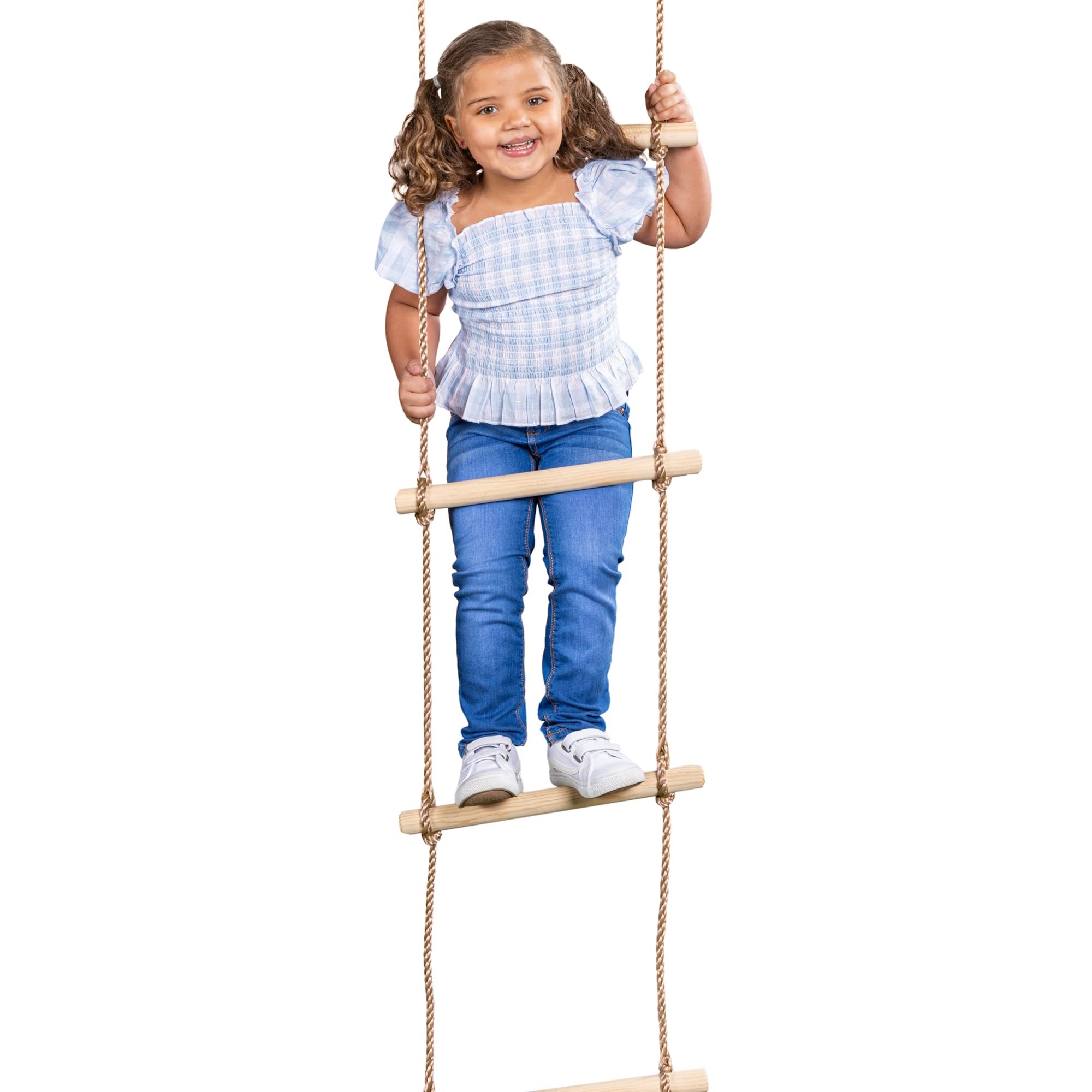
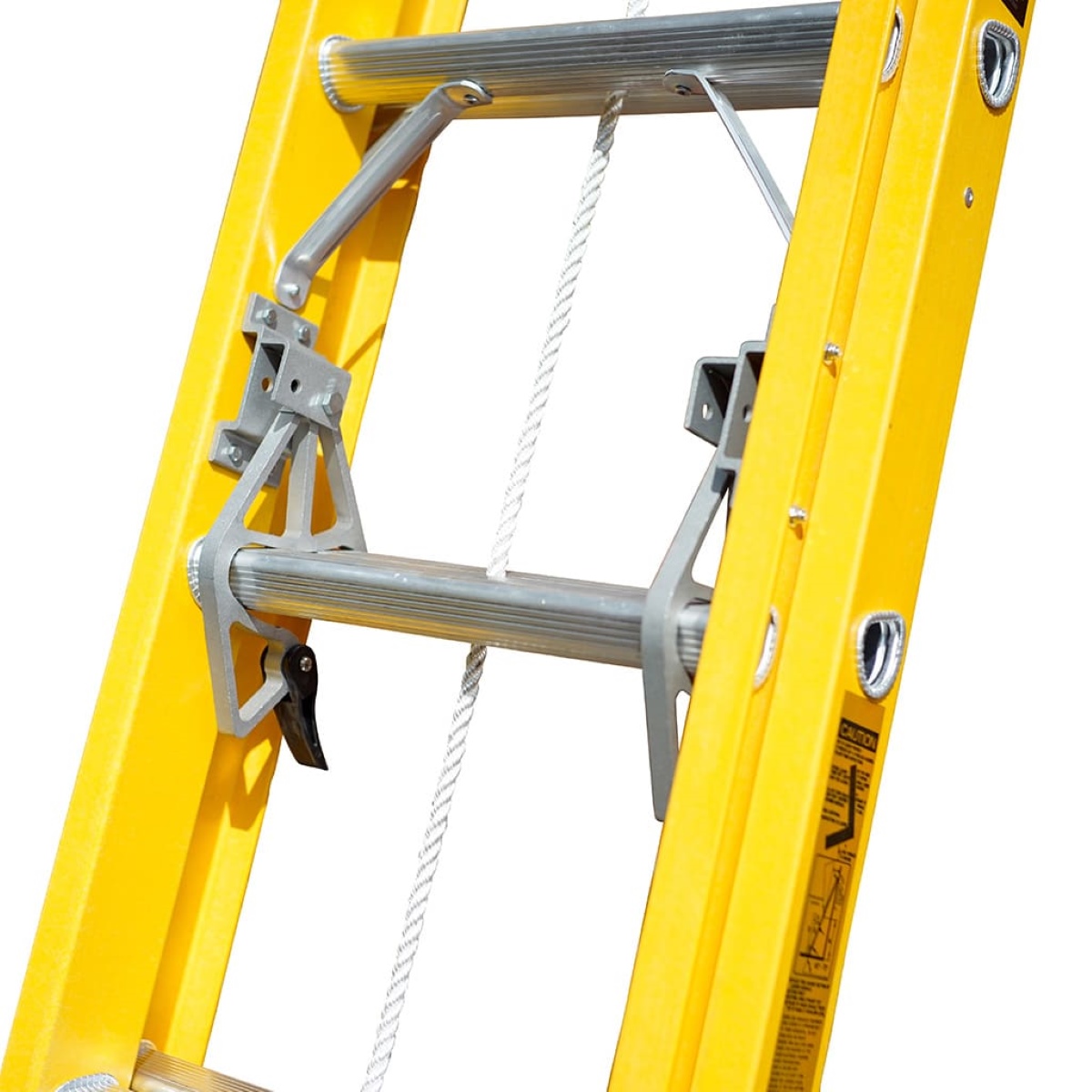
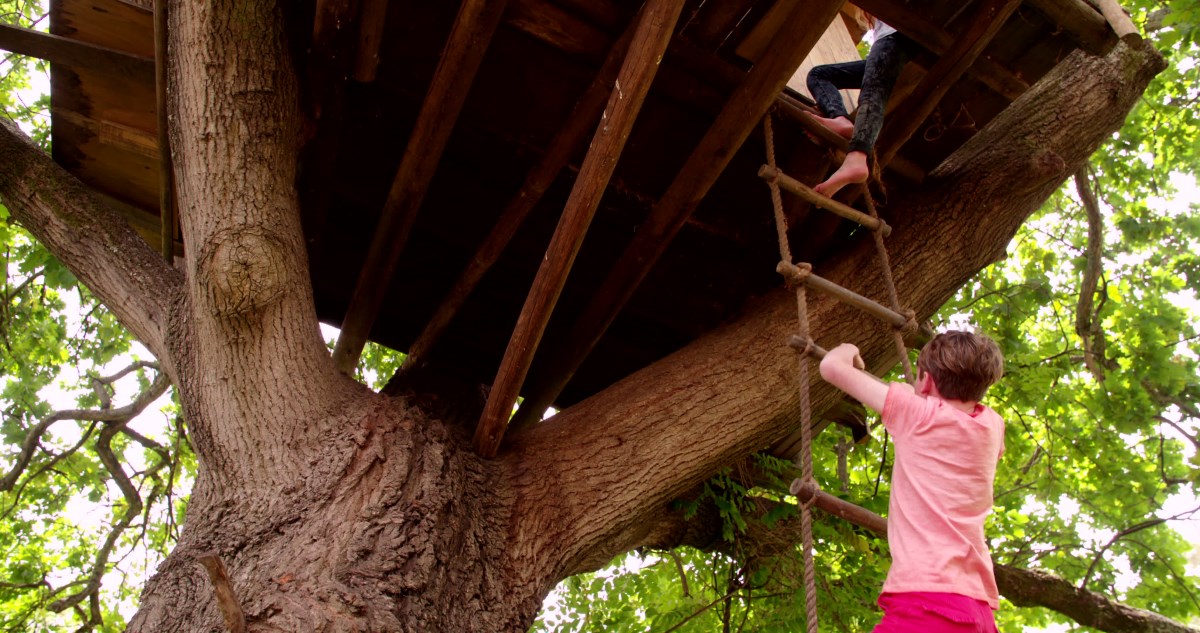
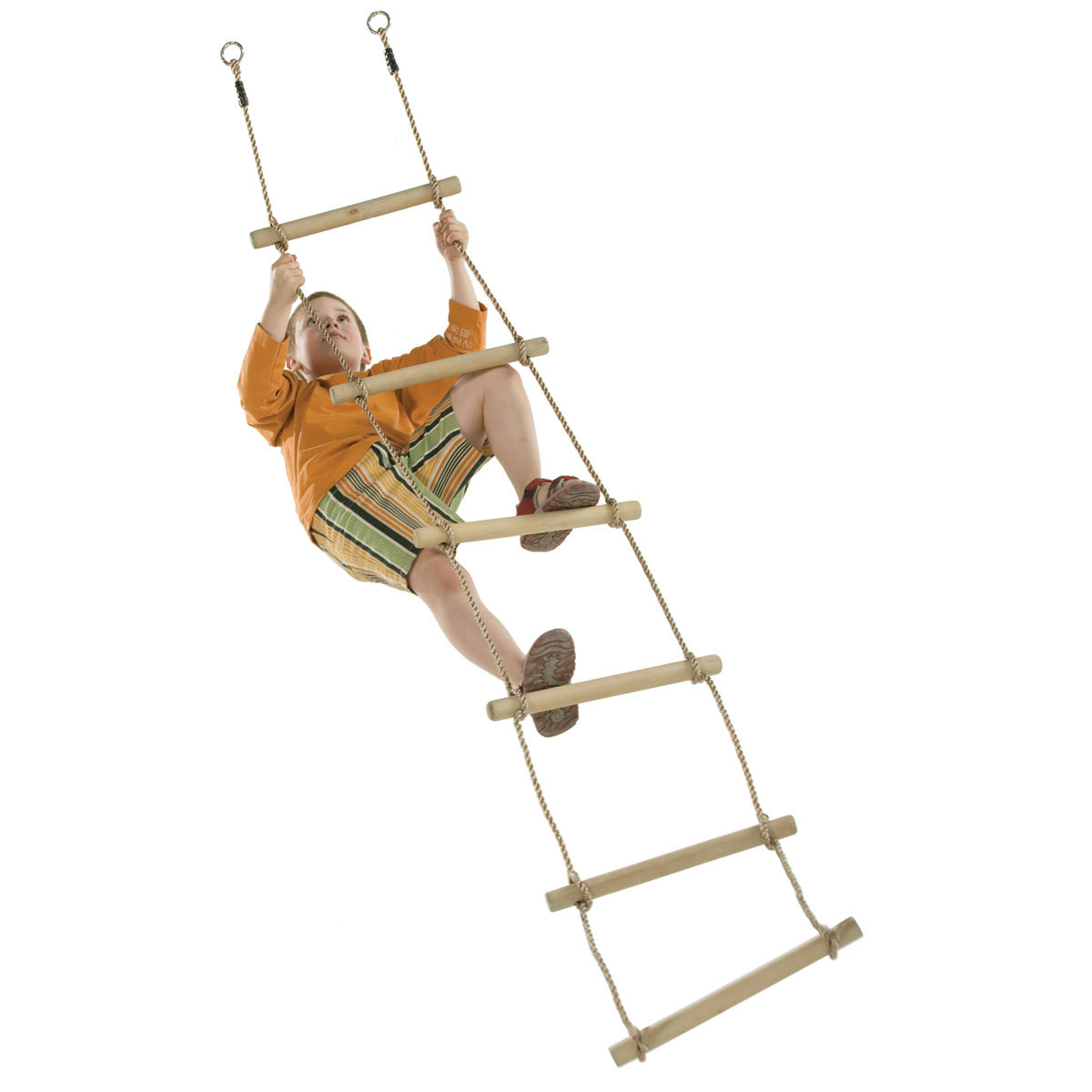
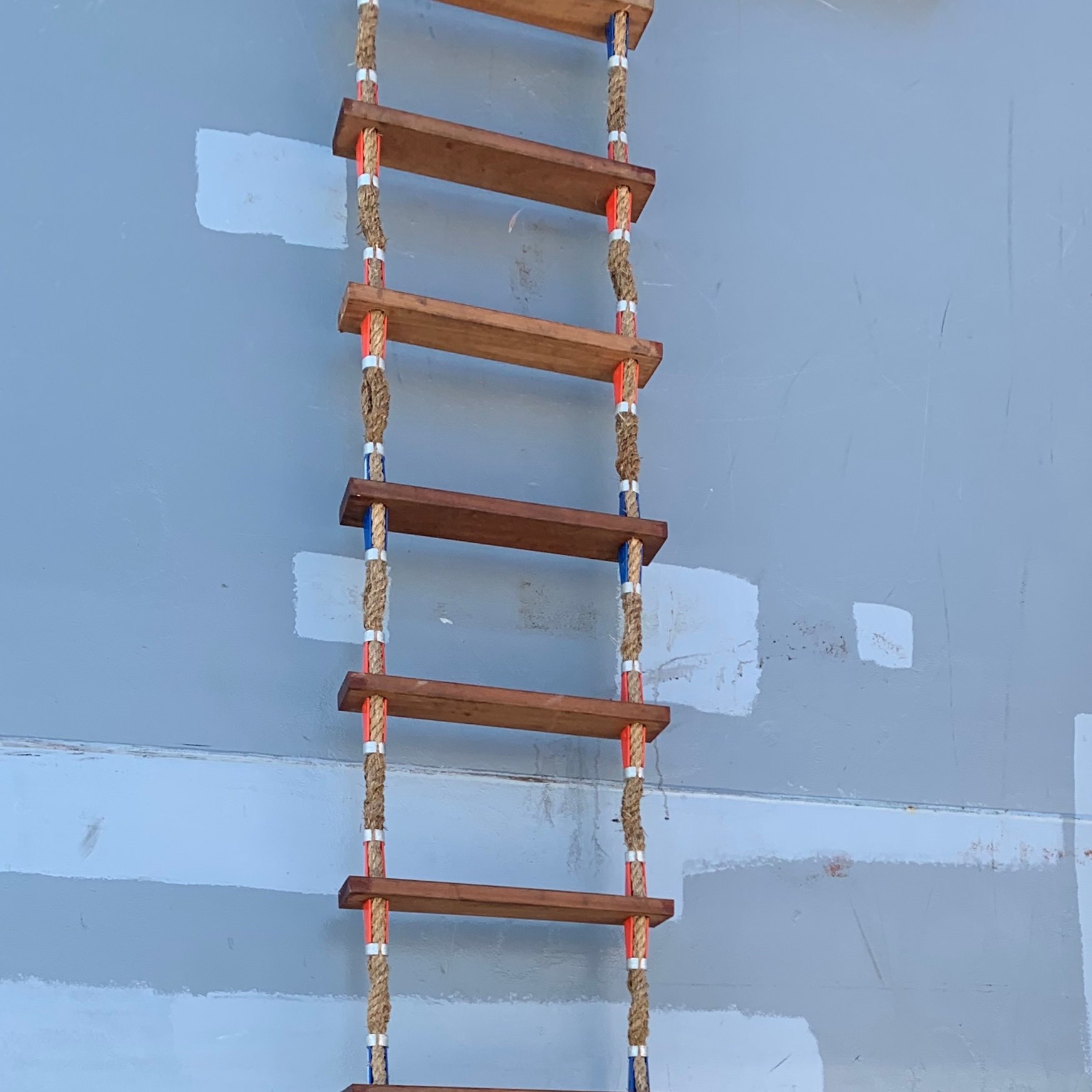
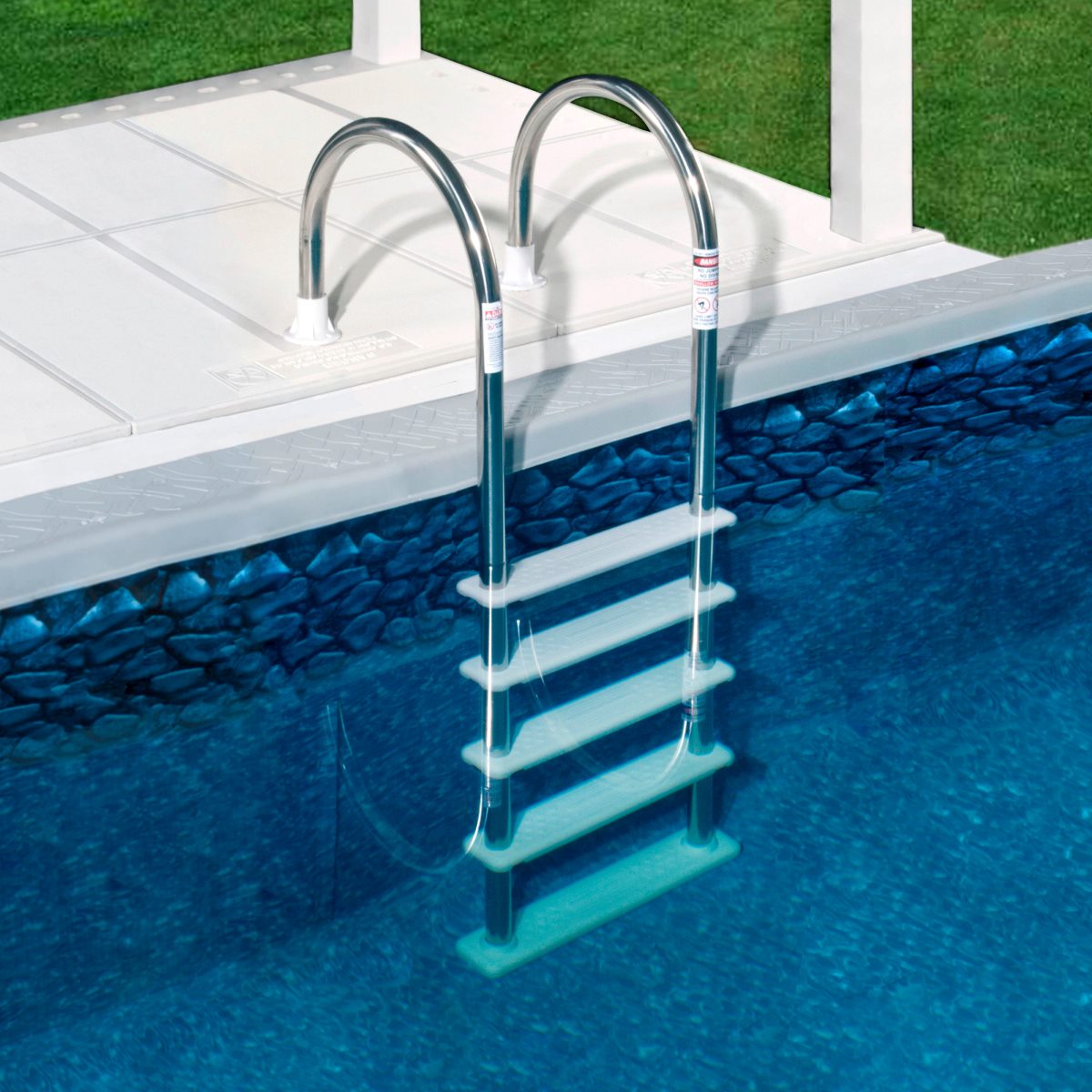
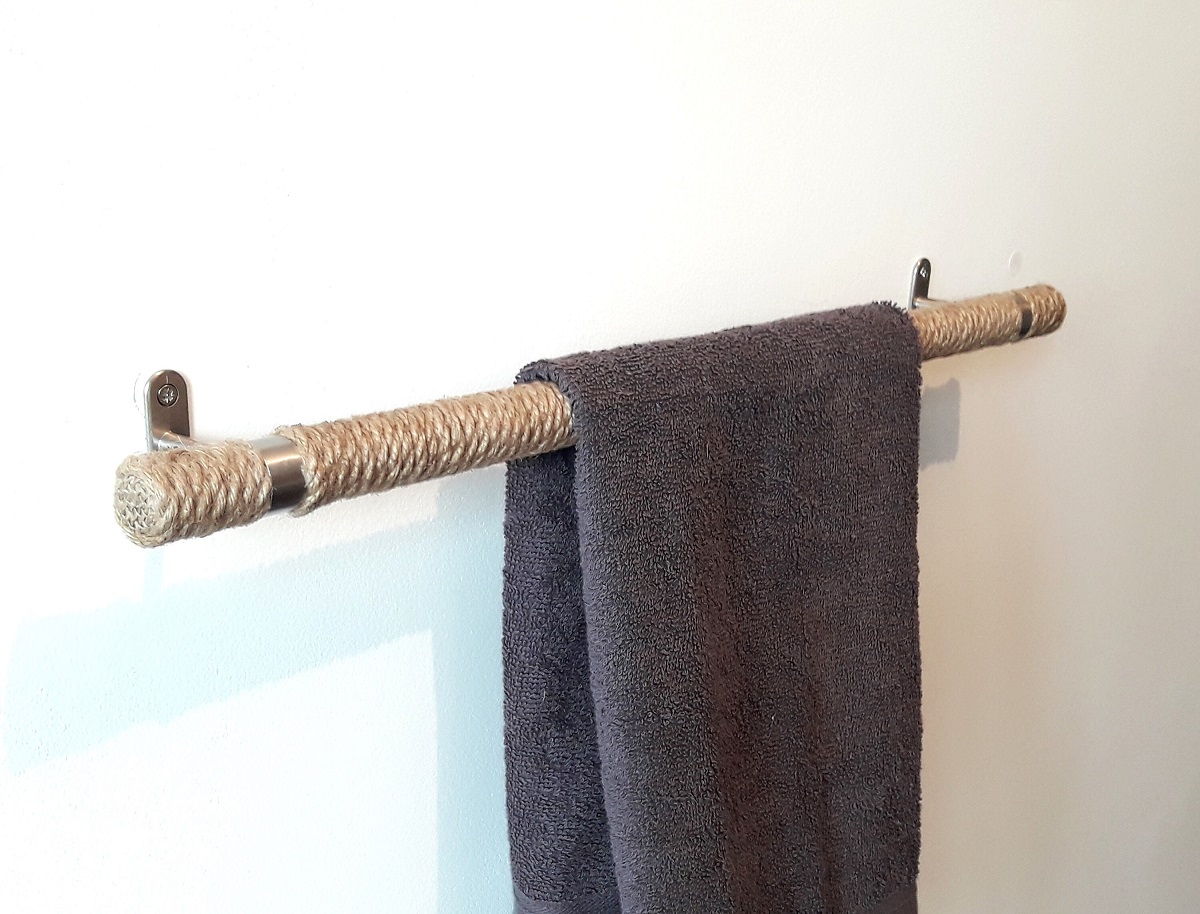
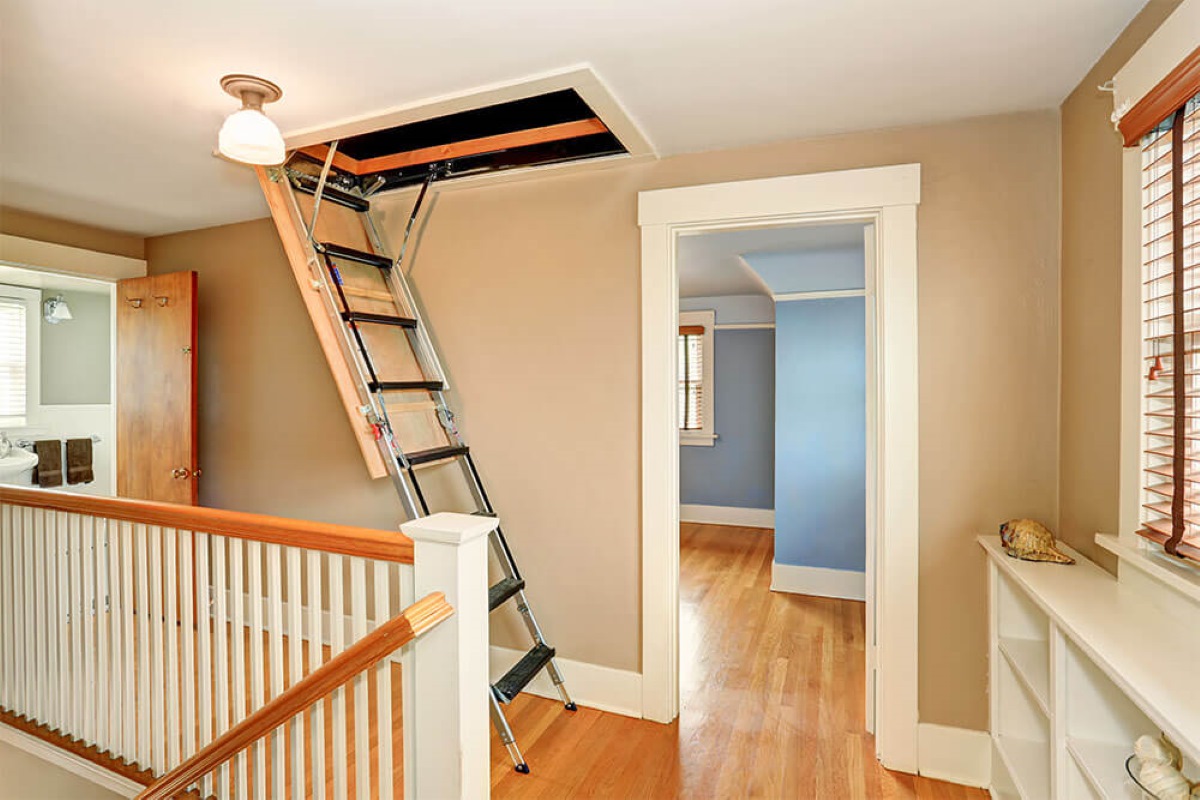
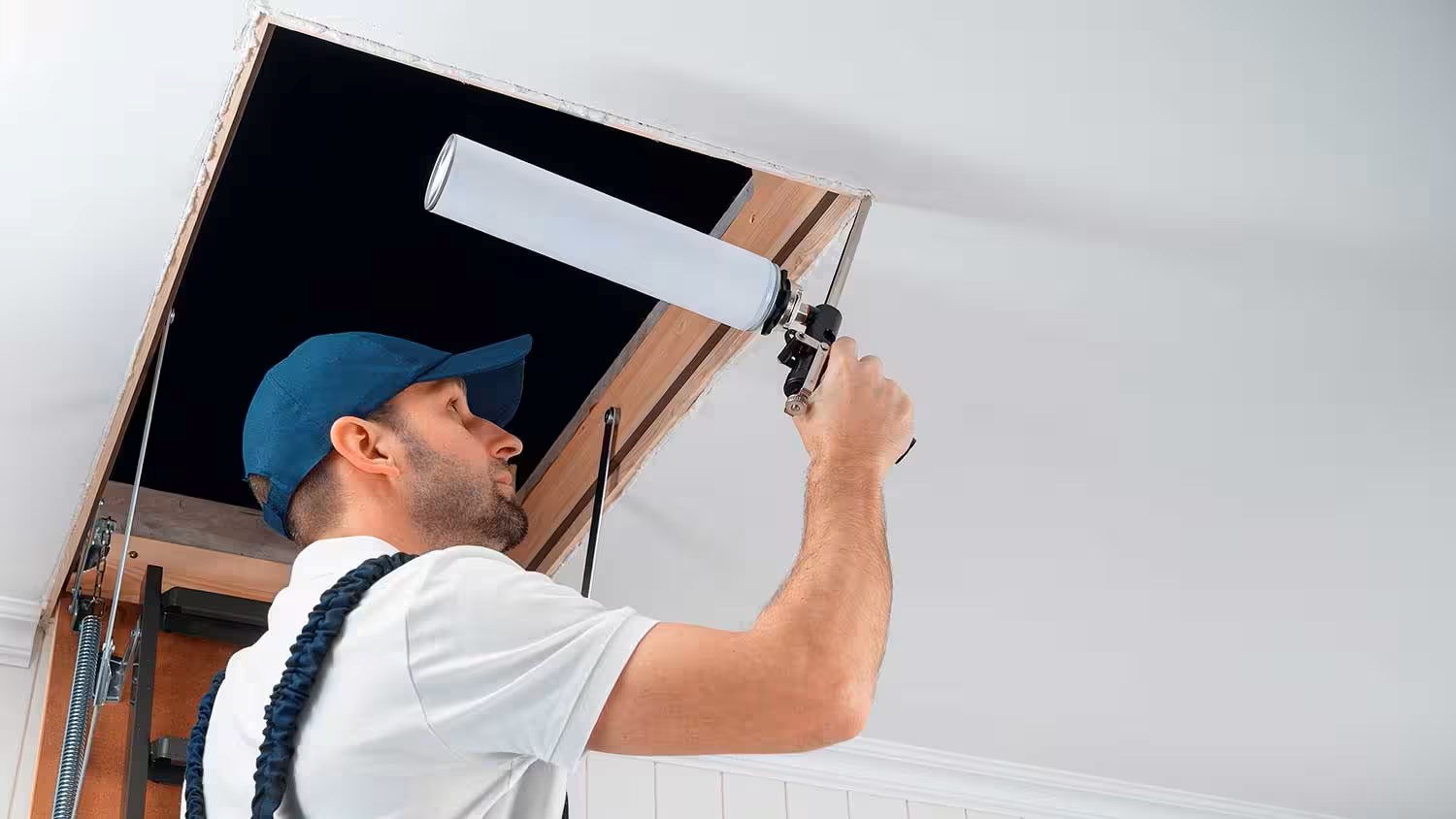
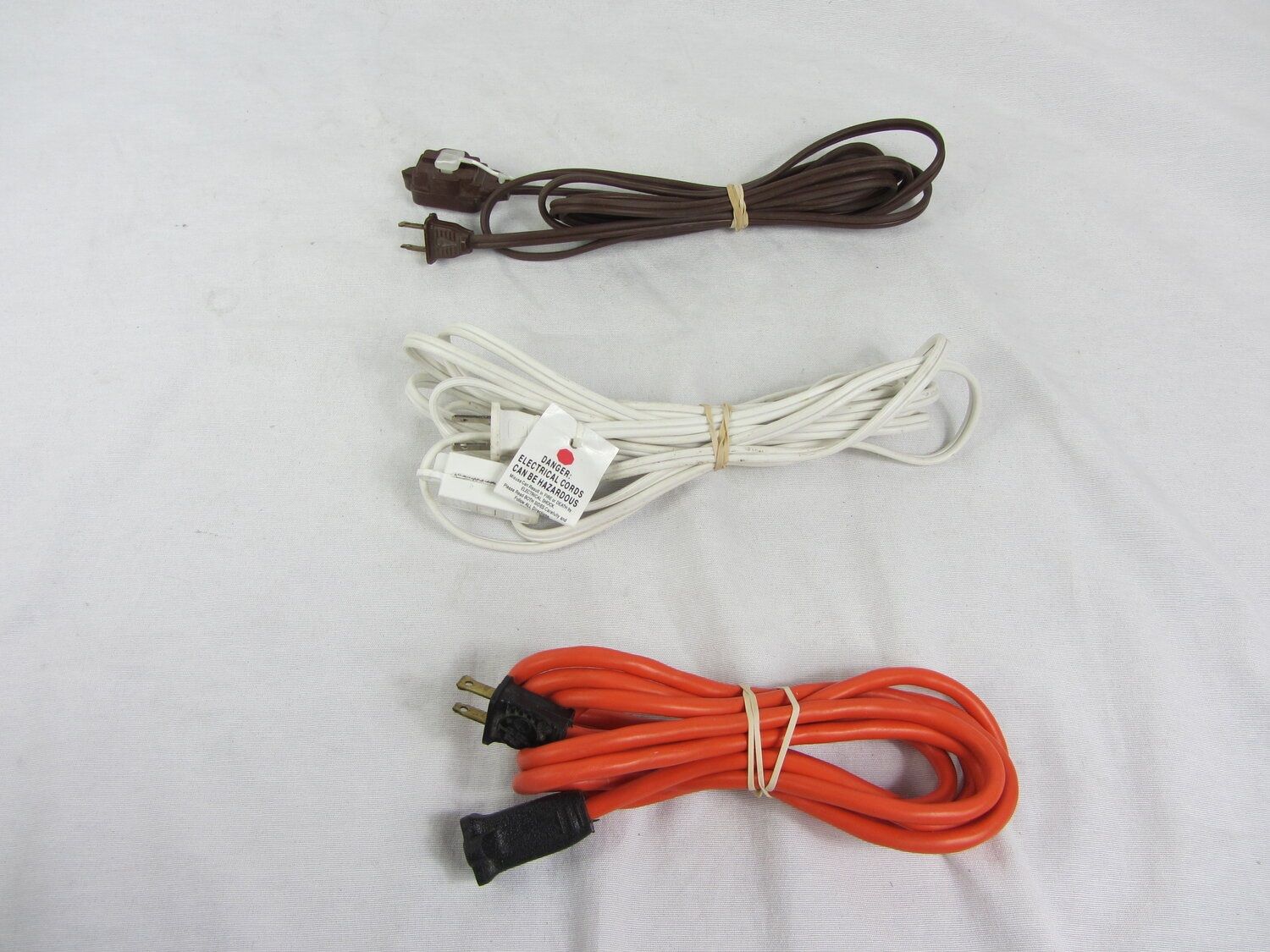

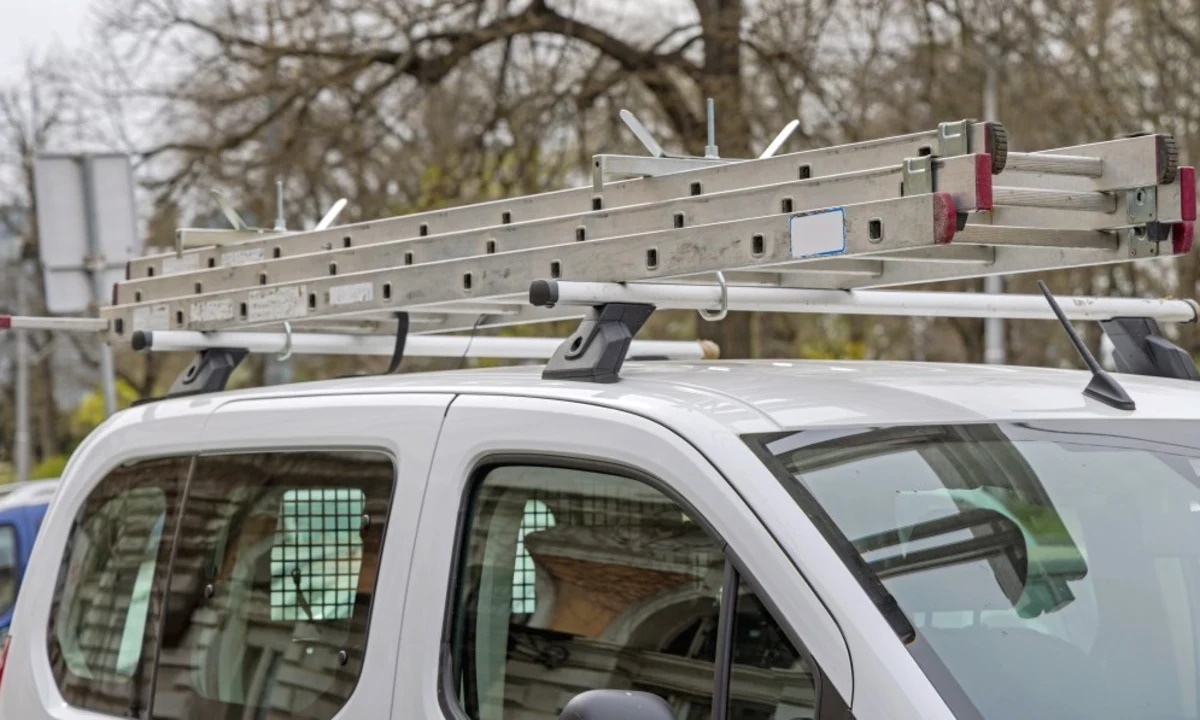
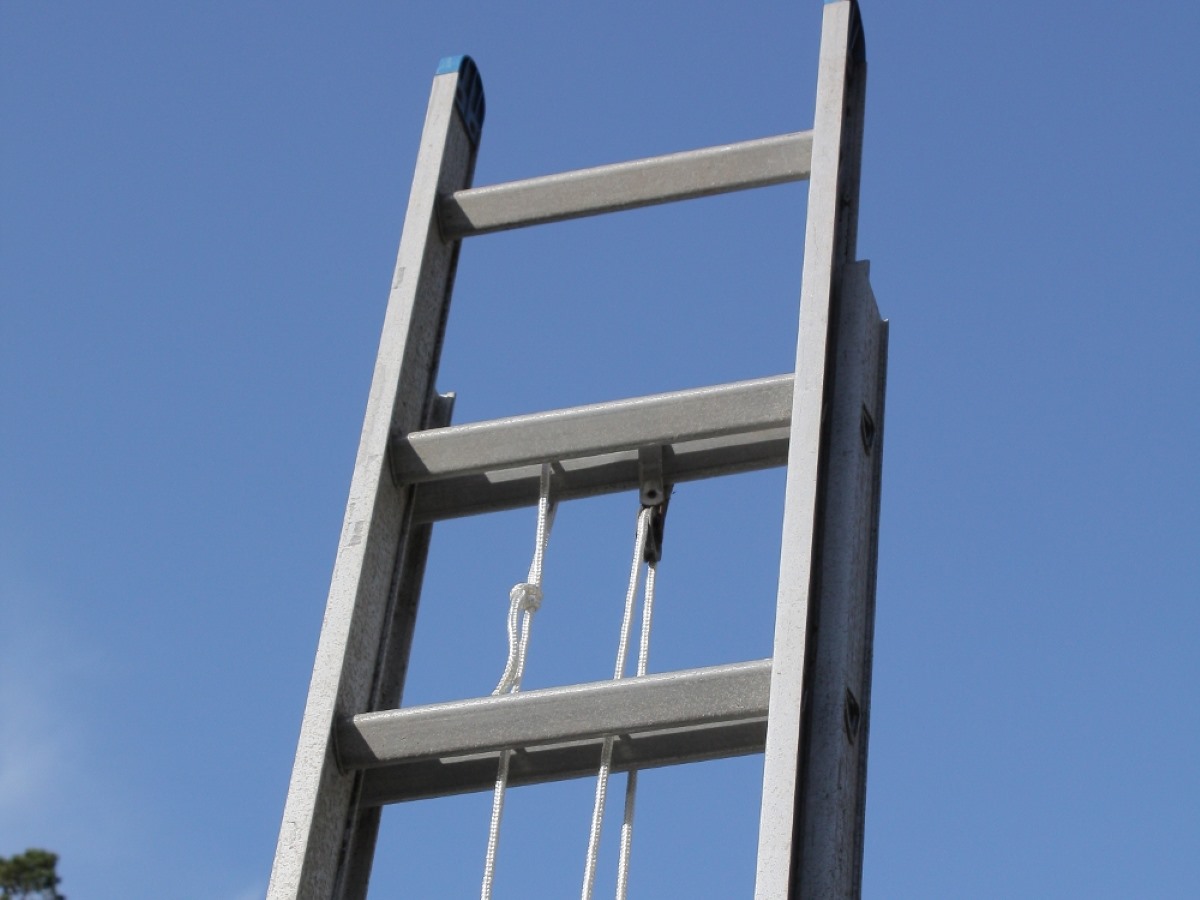
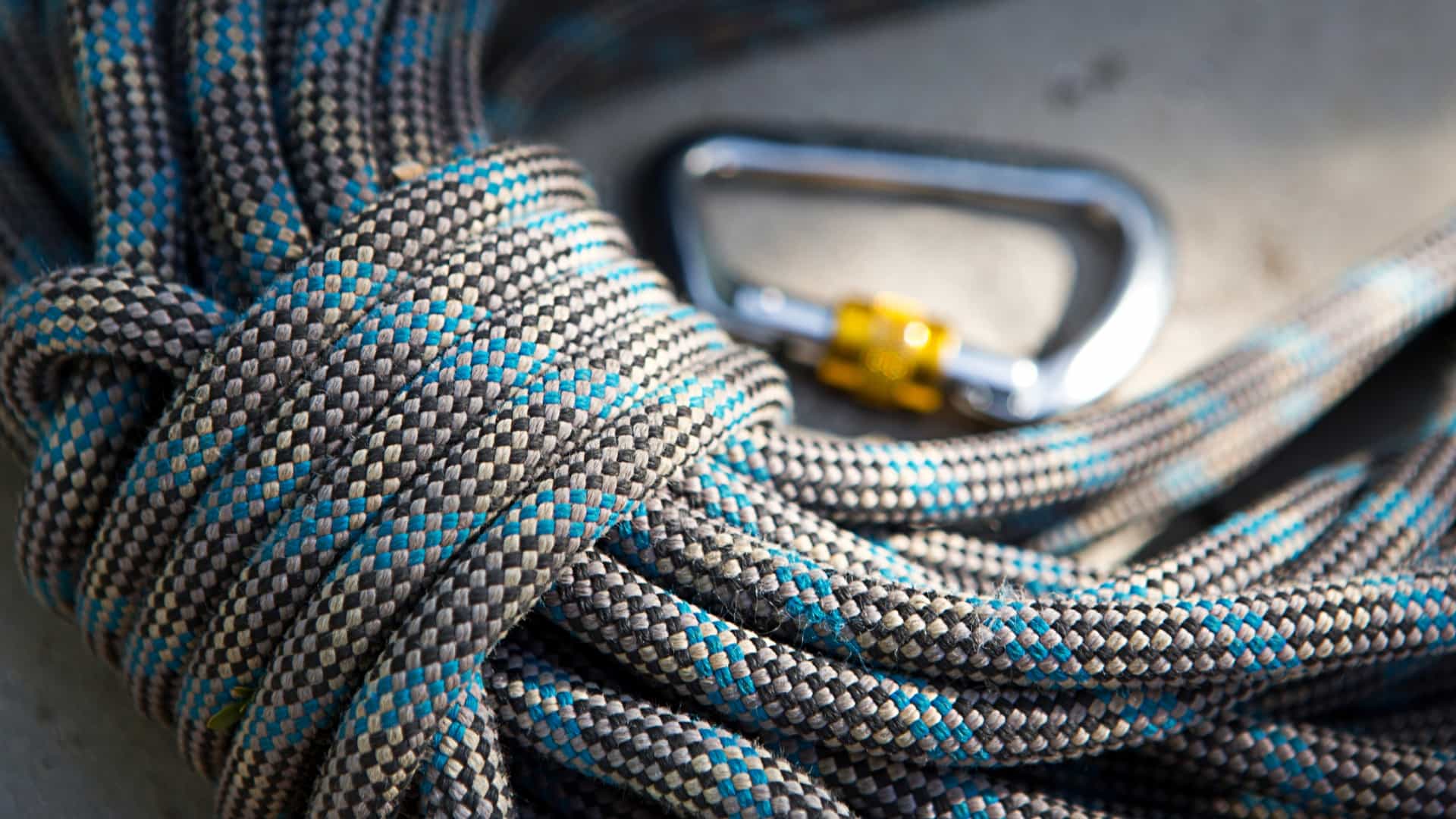

0 thoughts on “How To Install Rope On Extension Ladder”